As a startup founder, the term “runway” has an entirely different meaning than what most people think of when they hear the term. For those unfamiliar, runway refers to the amount of capital on hand before a startup goes bankrupt. Usually, the runway is measured in months.
For bootstrapped startups (meaning ones without venture capital funding) running out of runway can be a serious problem that limits the decisions leadership can make. Fortunately, there are strategies bootstrapped startups can implement to save money.
1. Reduce operating costs by working remotely.
For anyone who has calculated important business metrics like CAC (customer acquisition cost) or CTS (cost to serve), you will know just how hard it is to reduce fixed operating costs. One way to alleviate these costs is by creating a company that employs remote workers. Rather than needing to provide workers with office space, computer equipment, snacks and coffee, founders can avoid these money draining costs.
According to a Gallup poll on the state of the American workplace, 31 percent of employed Americans work remotely 80 to 100 percent of the time. This is a 7 percent increase compared to findings from four years ago. In short, working remotely is a phenomenon embraced by businesses and employees alike. It can be a great tactic for reducing overhead and therefore preserving cash.
2. Make frugality a company value.
In the mid-1990s when Amazon was just getting started, Jeff Bezos and crew worked on the floor in a 400-square foot warehouse. Bezos and his team decided that they needed desks, but being the frugal and resourceful entrepreneur that he is, Bezos decided to build desks out of doors and four-by-fours rather than purchase expensive office desks.
Today, Amazon lists Frugality as one of the company’s 14 core values. To perpetuate this value, Amazon gives out the Door Desk Award to recognize employees who save the company money in smart and sustainable ways.
3. Prioritize profitability over growth.
Today, both public and private companies tend to prioritize growth over profitability. Founders of all kinds are constantly in search of the hockey stick graph that shows all numbers moving up and to the right on a steep slope.
But growth has its costs — one big one can be profitability. For founders struggling to preserve cash, switching to a business model that leads to profitability sooner rather than later may be a smart decision. Venture capitalist Fred Wilson wrote that biasing toward profitability can also improve business decisions generally: “I also think the profit motive, generating more revenues each year than the expenses you are spending to do that, is a really valuable constraint on a management team. It forces them to think creatively and logically about the investments they want to make.”
4. Take advantage of tax breaks and incentives.
Some states have recently created tax incentives…

